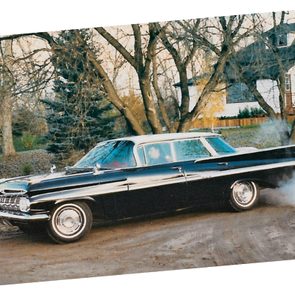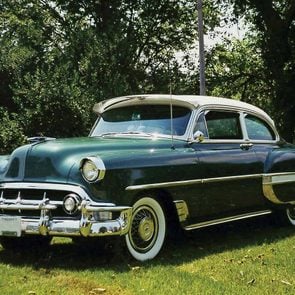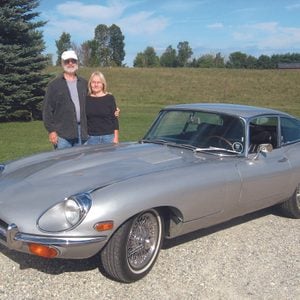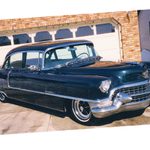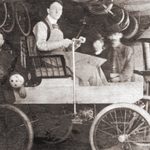Building a Replica 1915 Model T Military Ambulance
Sharing a love for vintage cars, two old friends come together for one last hurrah.
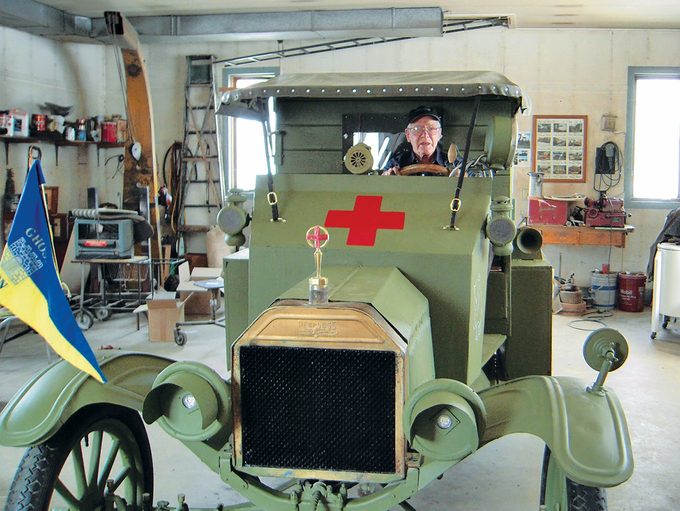
My father had already been friends with Ken for years at the time this story first began. They’d bonded over one thing that brings so many men together: the love of old vehicles. Ken Turnbull of Treherne, Manitoba, had been a mechanic for years, starting with Lancaster bombers with the RCAF and working his way to where he was now: restoring steam engines and antique cars. A radar tech while in service, my father was a highway truck inspector with a penchant for thrift stores, socializing and knowing where every antique car in southern Manitoba was parked.
“Rick,” Ken said to my father, “I’m getting older, but I think I have one last car in me,” and held up the gift that my father had given him months back: a plastic and metal miniature of a 1915 Model T military ambulance. This wouldn’t be the first time the veteran had worked on a Model T, but this one would be different.
My father is a frugal man. There are catalogues with newly made parts for some of the oldest cars, but those cost thousands of dollars. There were already-restored cars that could be refitted into the ambulance model, but that was no fun. Instead my dad drove up to Ken’s garage one day with a trailer-load of rusty fenders and axles that looked like they’d been pulled straight from the back 40 of some nameless farm (which they likely had been). Thus started the odyssey that would continue the rest of that year, and into the next.
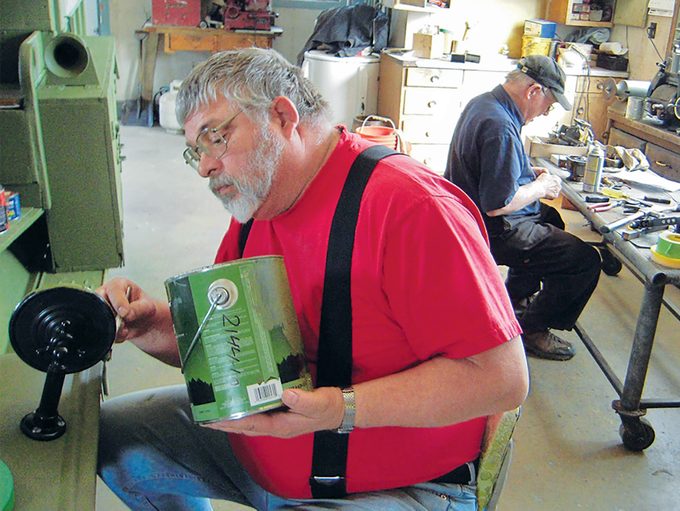
The plan was that Ken would restore the parts Dad brought him if possible and send him away again with a wish list of new parts. Whenever my father was there, Ken would stop working and talk, or humbly show off his progress. He would never work with an audience, no matter how willing that audience was to help.
The parts kept coming. First rusty bits of frame, then a surprisingly intact motor. The wood body came from re-claimed beams off of a railroad bridge and the coil box from a car that no longer ran. The only new parts on the Model T ended up being the canvas on top, the tires under it and the paint covering it all. Even the paintbrushes were cleaned and used from other projects! Everything was recycled, refurbished, or fabricated from not-quite-right parts from other antiques, or other things that might suit a specific purpose. For example, the hood ornament is actually a nose ring from a bull, with a metal red cross symbol soldered on.
My father insisted on several details. Never anything major; he trusted Ken with everything to do with building a car. The few pieces of work that my father managed to achieve under Ken’s supervision were mostly decorative. He installed a small wooden sleeve by the driver’s seat to hold a book titled Poems of a Red Cross Man by Robert Service. Near the front fender, he hand-traced a sketch of “Winnie the Bear” by A. A. Milne, Canadian Army Veterinary Corps. Most significantly, he sought out Ken’s military service number, and used it as the registration number for the Model T. To this day, the number is painted on both sides of the ambulance and appears on its vehicle registration.
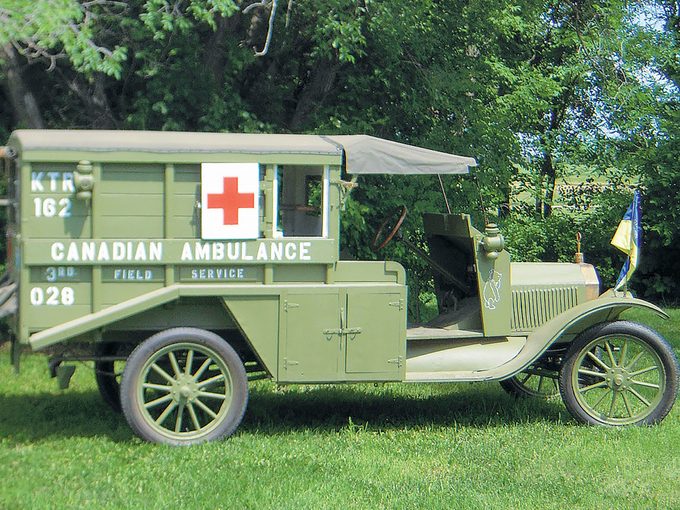
The day finally came when the car would officially be considered complete. It had already been inspected and registered, and ready for its maiden voyage. My father arranged for it to be played out of the garage by bugler Les Allison, under the watchful eye of a contingent from the Royal Canadian Legion, and the glass eye of the local news crew. It went without a hitch; the ambulance ran perfectly, the Legion members and news reporter all got to enjoy rides, and Ken said goodbye to the last car he would complete. Until Ken’s death in 2015, my father would let him drive the ambulance in any parade he liked, happily trailering the car across the province all summer.
It doesn’t see as much road time as it used to (40 km/h and wooden seats not being conducive to road trips), but every so often the 1915 Model T ambulance with its bull’s nose ring, a 100-year-old book of poetry and veteran’s service number tattoo emerges from her trailer for another trip down memory lane, just how Ken Turnbull would have wanted it.
Next, check out this collector’s impressive wartime motorcycle replicas.
